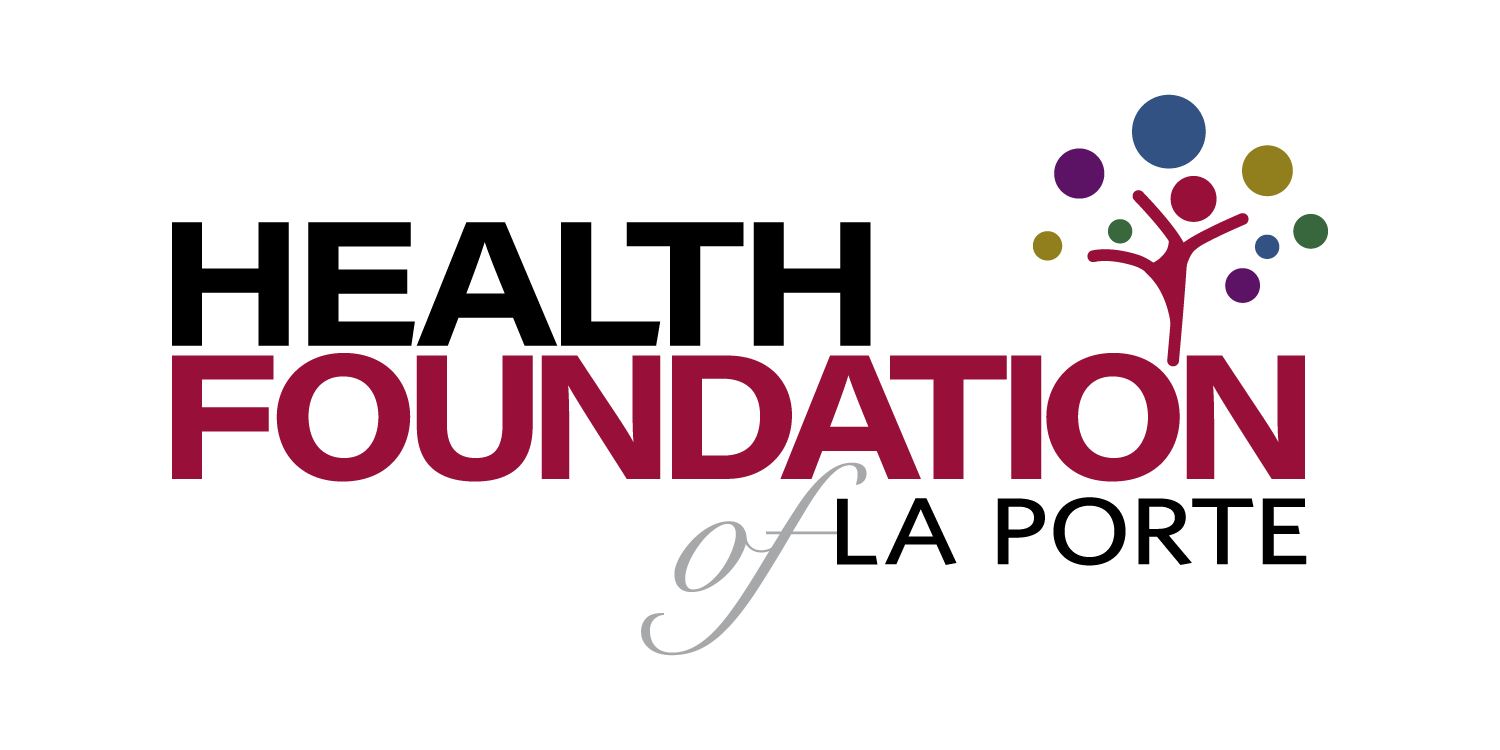Indicator Gauge Icon Legend
Legend Colors
Red is bad, green is good, blue is not statistically different/neutral.
Compared to Distribution
 the value is in the best half of communities.
the value is in the best half of communities.
 the value is in the 2nd worst quarter of communities.
the value is in the 2nd worst quarter of communities.
 the value is in the worst quarter of communities.
the value is in the worst quarter of communities.
Compared to Target
 meets target;
meets target;  does not meet target.
does not meet target.
Compared to a Single Value
 lower than the comparison value;
lower than the comparison value;
 higher than the comparison value;
higher than the comparison value;
 not statistically different from comparison value.
not statistically different from comparison value.
Trend

 non-significant change over time;
non-significant change over time; 
 significant change over time;
significant change over time;  no change over time.
no change over time.
Compared to Prior Value
 higher than the previous measurement period;
higher than the previous measurement period;
 lower than the previous measurement period;
lower than the previous measurement period;
 no statistically different change from previous measurement period.
no statistically different change from previous measurement period.
 Significantly different than the overall value
Significantly different than the overall value
 No significant difference with the overall value
No significant difference with the overall value
 No data on significance available
No data on significance available
Births to Medicaid Mothers
This indicator is archived and is no longer being updated. Click to learn more
Why is this important?
Government services like Medicaid provide some uninsured women and children with access to critical health services (March of Dimes). Nearly two out of every three adult women enrolled in Medicaid are in the 19-44 age group, and Medicaid currently finances about 42% of all births in the United States (Center for Medicaid and CHIP Services).
Considerations for Equitable Approaches: Births paid for by Medicaid were more likely to be preterm and low or very low birthweight compared to births paid by private insurance, and rates are higher among non-Hispanic Black infants (Medicaid and CHIP Quality Measurement and Improvement Program). The Medicaid program can play a key role in reducing disparities in maternal and infant health outcomes including strategies to improve postpartum care and well child visits for infants, reduce low-risk cesarean delivery, and tobacco cessation support (Center for Medicaid and CHIP Services).
Inclusive Language Recommendations: As not all people who are pregnant identify as women, recommendations for more gender-inclusive language include using "pregnant people" and "pregnant patients" or other wording as applicable when referring to general recommendations for pregnancy (National Institutes of Health).
Measurement period: 2021
Maintained by: Conduent Healthy Communities Institute
Last update: April 2023
Graph Selections
Data Source
- Indiana State Department of Health
Maintained By: Conduent Healthy Communities Institute (Methodology)
Filed under: Health / Maternal, Fetal & Infant Health, Health / Health Care Access & Quality, Economy / Government Assistance, Social Determinants of Health, Women





